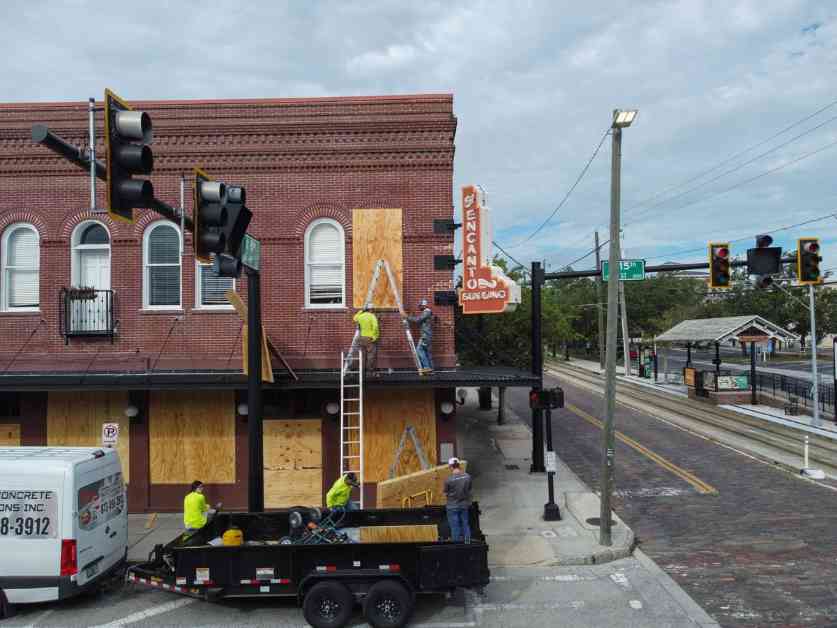Hurricane Milton is approaching Tampa Bay with great force, posing a significant threat to the region. The storm is rapidly intensifying and is expected to make landfall as a major hurricane, potentially causing historic devastation.
Experts have long warned about the risks that storms and rising sea levels pose to the Tampa Bay area, urging for stronger adaptation efforts and resilient infrastructure. Despite some improvements in preparedness, the region still remains vulnerable to the impacts of severe weather events.
Milton is set to become the first major hurricane to hit Tampa Bay directly in over a century, with wind speeds exceeding 175 mph. The storm’s rapid intensification is a cause for concern, as it has the potential to unleash significant damage on the region.
The unique geography of Tampa Bay, coupled with rising sea levels, makes the area highly susceptible to storm surge and coastal flooding. Studies have shown that sea levels along the Gulf Coast are rising much faster than the global average, putting coastal communities at increased risk.
In light of the impending storm, some communities have taken measures to protect themselves. Projects such as rebuilding seawalls, updating stormwater management plans, and investing in flood mitigation efforts are underway in various cities around the region.
While emergency mitigation projects have shown promise during recent extreme weather events, there is a recognized need for more long-term investment in climate resilience. City officials in Tampa have outlined recommendations for transitioning to a low-carbon, climate-resilient economy in the face of increasing storm frequency and severity.
Reports from local communities in Tampa Bay stress the importance of investing in climate adaptation and resilience to safeguard against floods and storms. The economic benefits of such measures in the long run outweigh the short-term costs, making a strong case for immediate action.
As Hurricane Milton approaches, it serves as a stark reminder of the urgent need for comprehensive climate resilience efforts in the Tampa Bay region. The time to act is now to protect against the increasing threats posed by extreme weather events and rising sea levels.










